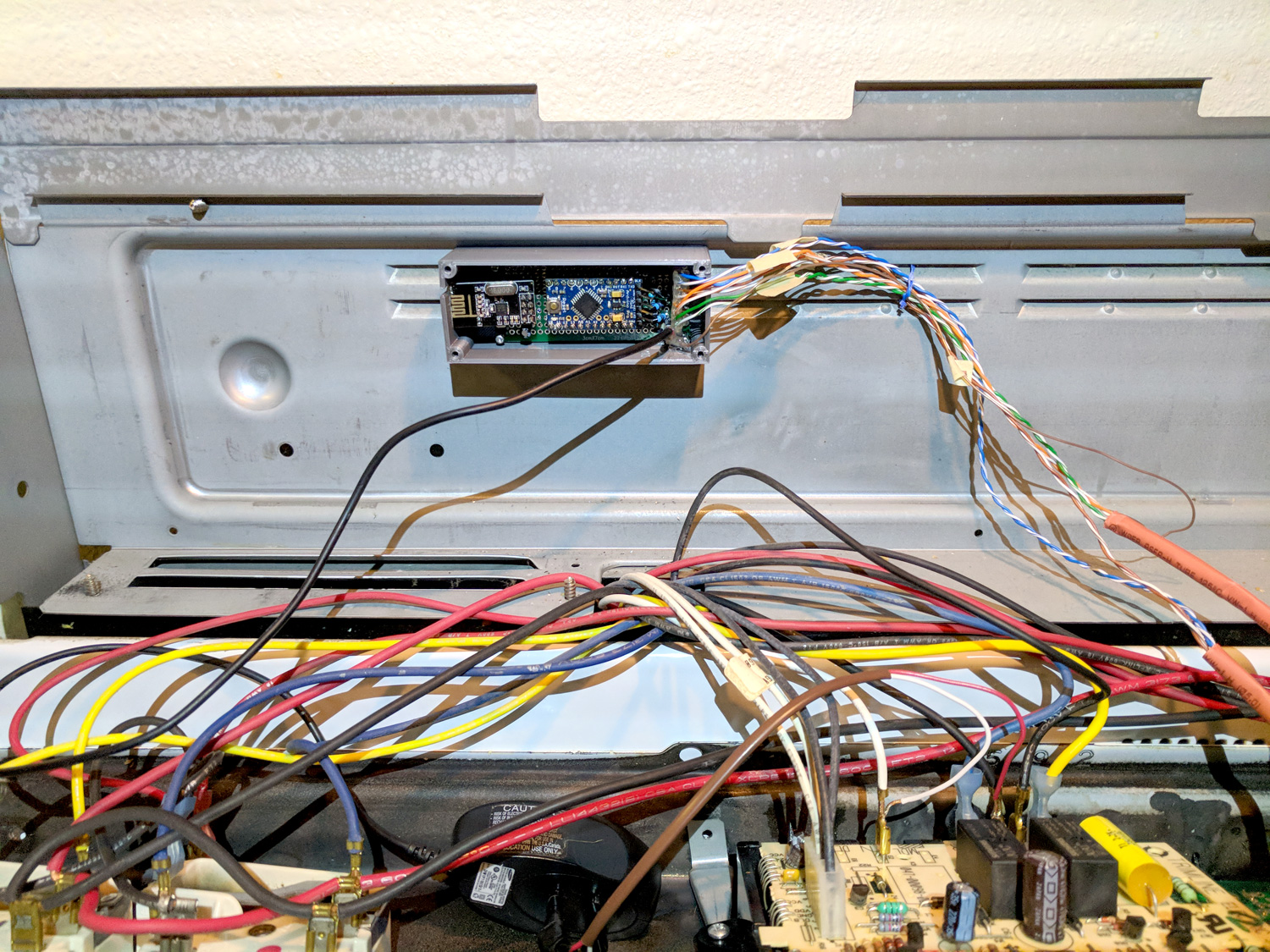petewill
@petewill
Topics
-
How To: Automate Devices with Existing Buttons
Watching Ignoring Scheduled Pinned Locked Moved My Project 7
6 Votes6 Posts4k Views
7
6 Votes6 Posts4k Views -
Video How To: Battery Powered Chair Occupancy (Contact) Sensor
Watching Ignoring Scheduled Pinned Locked Moved My Project 1
8 Votes20 Posts11k Views
1
8 Votes20 Posts11k Views -
Low Voltage Whole House Power Supply
Watching Ignoring Scheduled Pinned Locked Moved My Project9 Votes13 Posts9k Views -
Help converting 24VAC to 5VDC
Watching Ignoring Scheduled Pinned Locked Moved Hardware0 Votes15 Posts11k Views -
Use Node-Red to Allow Multiple Connections to Ethernet Gateway?
Watching Ignoring Scheduled Pinned Locked Moved Node-RED0 Votes13 Posts9k Views -
Video How To - Monitor your Refrigerator
Watching Ignoring Scheduled Pinned Locked Moved My Project9 Votes37 Posts40k Views -
Video How To - Phoney TV
Watching Ignoring Scheduled Pinned Locked Moved My Project9 Votes22 Posts13k Views -
How To - Doorbell Automation Hack
Watching Ignoring Scheduled Pinned Locked Moved My Project9 Votes106 Posts94k Views -
How To: Make a Simple/Cheap Scene Controller (with video)
Watching Ignoring Scheduled Pinned Locked Moved My Project9 Votes62 Posts40k Views -
Video How To - Monitor your Smoke/Carbon Monoxide Alarm
Watching Ignoring Scheduled Pinned Locked Moved My Project2 Votes18 Posts16k Views -
Safe In-Wall AC to DC Transformers??
Watching Ignoring Scheduled Pinned Locked Moved Hardware0 Votes431 Posts460k Views -
Backlit Dimmable LED Mirror with Motion Sensor
Watching Ignoring Scheduled Pinned Locked Moved My Project6 Votes43 Posts31k Views -
Cheap voice control using AutHomation, AutoVoice and Tasker (Video)
Watching Ignoring Scheduled Pinned Locked Moved Vera5 Votes2 Posts3k Views -
$8 Lamp (Outlet) "Smart Plug" Module
Watching Ignoring Scheduled Pinned Locked Moved My Project8 Votes109 Posts98k Views -
Finally upgrading to 1.4 and I have a couple of questions...
Watching Ignoring Scheduled Pinned Locked Moved General Discussion0 Votes9 Posts3k Views -
LED Light is getting very hot
Watching Ignoring Scheduled Pinned Locked Moved Hardware0 Votes13 Posts9k Views -
Help with arrays and debouncing
Watching Ignoring Scheduled Pinned Locked Moved Development0 Votes11 Posts5k Views -
Wrong Child ID in Vera Logs
Watching Ignoring Scheduled Pinned Locked Moved Troubleshooting0 Votes3 Posts2k Views -
Can I have too many relaying (repeater) nodes?
Watching Ignoring Scheduled Pinned Locked Moved Development repeater relay0 Votes6 Posts4k Views -
Relay Actuator stops responding after a week or so
Watching Ignoring Scheduled Pinned Locked Moved Troubleshooting0 Votes5 Posts2k Views
